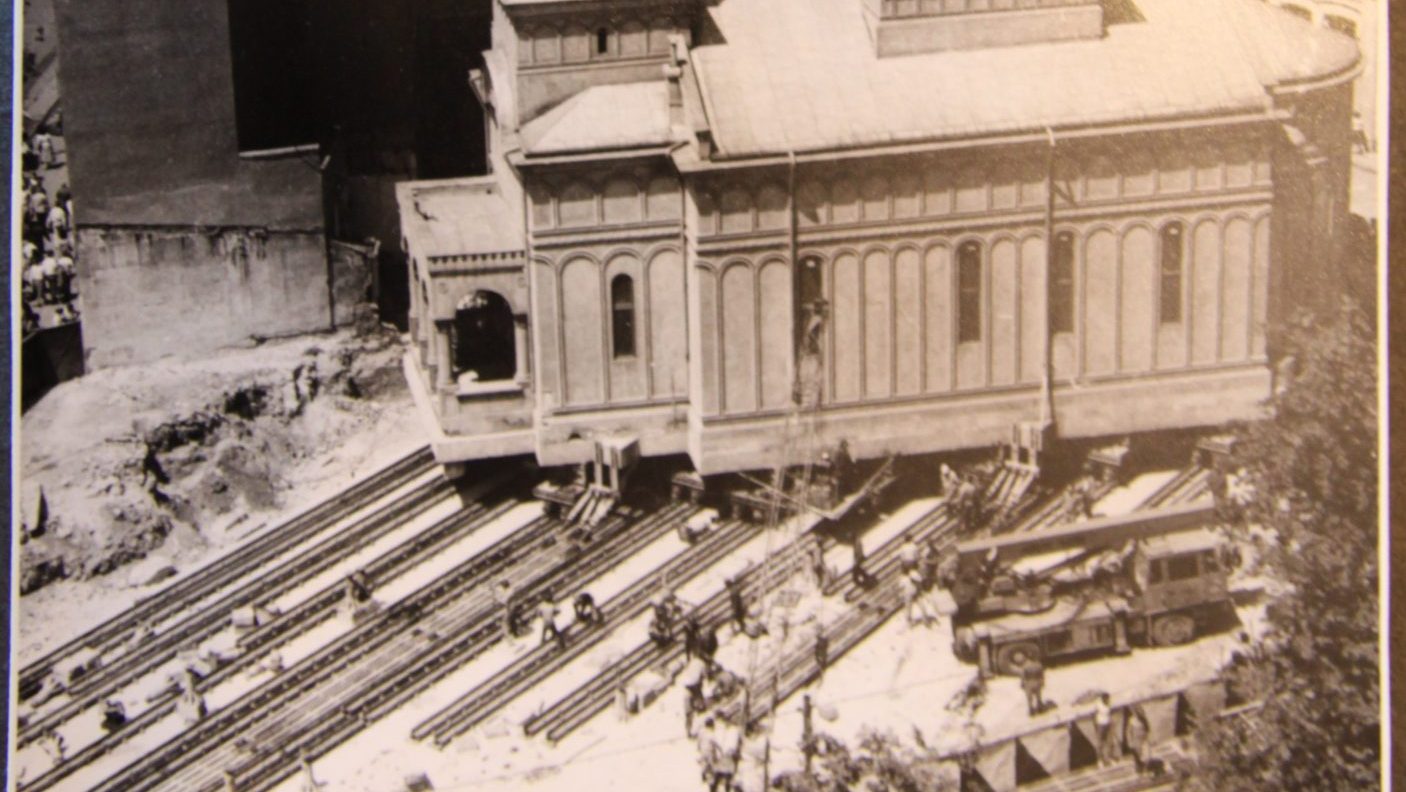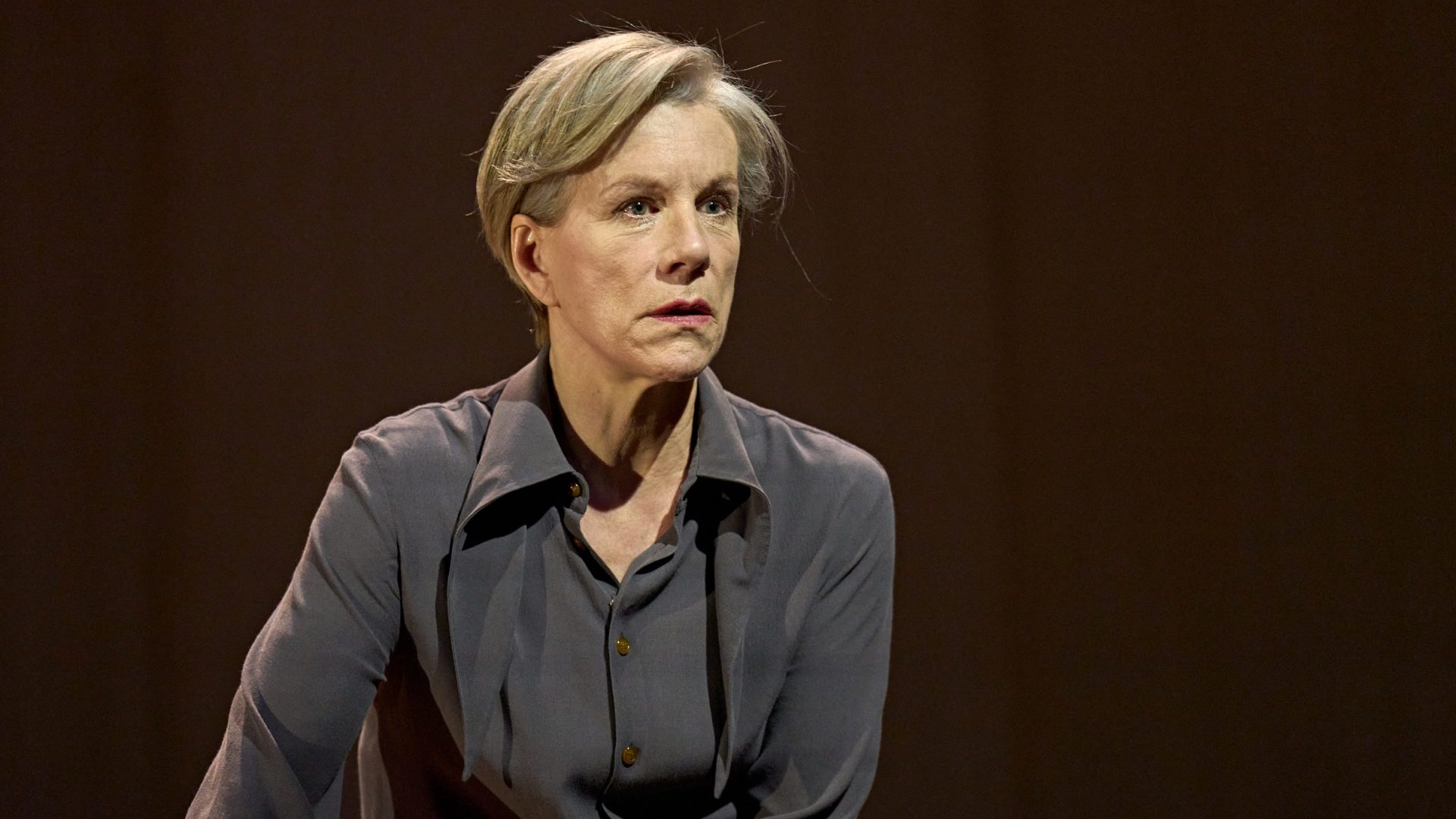Sandwiched tightly between two large blocks of flats, it is easy to miss the
New St John’s Church in downtown Bucharest. Visitors to the city, in many
places a concrete jungle of Soviet-era apartment blocks, are rarely told to pay attention to it, despite the small, ornate church being less than a minute’s walk from Bucharest’s Old Town, the main stomping ground for tourists to the city.
Yet the church deserves attention, not only for its decor and ambience but also for the fact that it was once part of one of the city’s most intriguing architectural episodes.
Built in the 18th century, New St John’s Church doesn’t look as if it belongs where it is, barely visible between two towering blocks of apartments. That’s because the entire building was moved as part of a radical redesign of Bucharest’s city centre by Nicolae Ceaușescu, Romania’s communist dictator.
Between 1982 and 1988, almost a dozen churches and other buildings were moved, sometimes hundreds of metres, in order to save them from destruction. St John’s was the fourth to be moved, in 1986. It would survive as
vast swathes of the nearby area were demolished: an estimated 9,000 houses were destroyed, and more than 30,000 residents were forced from their homes. That a church would be purposefully saved by a communist regime amid such mass destruction, and that it wasn’t dismantled brick by brick and rebuilt elsewhere but placed on the equivalent of railway tracks and rolled to safety, only adds to the oddity of its survival.
When I first moved to Bucharest as a foreign correspondent in 2013, I lived barely 200 metres from St John’s. But it would take me years to discover its history, despite passing it daily on the way to interviews, to the metro, or as I
followed crowds of protesters marching in anger against the government.
Set back from the busy street, three small arches below a simple dome, topped with a large metallic cross, lead to the entrance. Inside, the church has an ornate gold-covered altarpiece. Haloed saints surround the walls and Mary and the baby Jesus are depicted above the altar.
At any time you might find a few older Romanians praying inside, or others crossing themselves as they pass outside. But for the most part the church seems to be largely ignored.
Before his death in 2019, I met Eugeniu Iordachescu, the civil engineer who worked out how to move Bucharest’s churches. Sitting in his living room in a nondescript apartment block a mile or so from St John’s, the then-87-year-old told me how he had done it.
A non-religious man, Iordachescu had the idea of digging under the buildings and putting a reinforced concrete support beneath the structures like a tray, before severing the foundations and using mechanical pulleys to move them, a few metres an hour, to a new spot. Once in place, they would be attached to new supports. It was an ambitious plan, especially for a country that was largely cut off from the outside world. Few believed it would work, and no official would give Iordachescu written approval to try it in case it went wrong and they got the blame.
Later, hundreds would gather to watch as the buildings began to roll. St John’s was a modest journey of 23 metres, up a small incline. The entire
journey would take less than seven hours, though the planning and work
either end would have taken weeks or even months. Other churches were
moved larger distances, rotated or transported along with standalone bell
towers.
The fate of St John’s could have been very different. Barely 300 metres away,
up a small hill and behind a bulky Carrefour supermarket, is the location of one of the churches that didn’t make it.
When I visited Iordachescu, his son Adrian had told me of the fate of this one particular church, which was earmarked for relocation, but in his impatience Ceaușescu had ordered its destruction. “It was a tragedy,” said
Adrian. “The priest died of a heart attack. Even the workers didn’t want to
demolish it, so Ceaușescu got people from prison to do it.”
Today, a small monument next to a busy tram stop – a wavy brick wall with a space cut out in the shape of a crucifix – is all that marks the spot.
Both churches were once located on the edge of Bucharest’s old Jewish Quarter, which was previously a bustling area of Jewish families and businesses, but which now has few signs of its past history. Jews who
survived the second world war left in the intervening decades. Some were in
effect sold to Israel by Ceaușescu in exchange for much-needed foreign
currency. Others left after the bloody revolution in 1989.
It’s a sad history, but that is in keeping with much of Romania’s 20th century, during which the country has faced wars, violent nationalism, and domination by larger powers like Nazi Germany and then the Soviet Union. There followed decades of repressive communist rule under leaders like Ceaușescu, who would be overthrown and executed by firing squad, along with his wife, Elena, on Christmas Day 1989.
Throughout this all, St John’s has stood on – or near – its current location, a beautiful secret hidden almost in plain sight.



